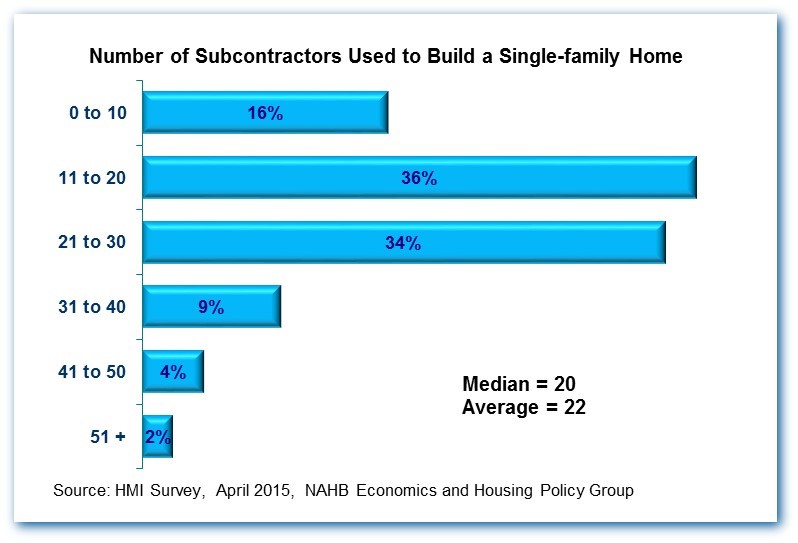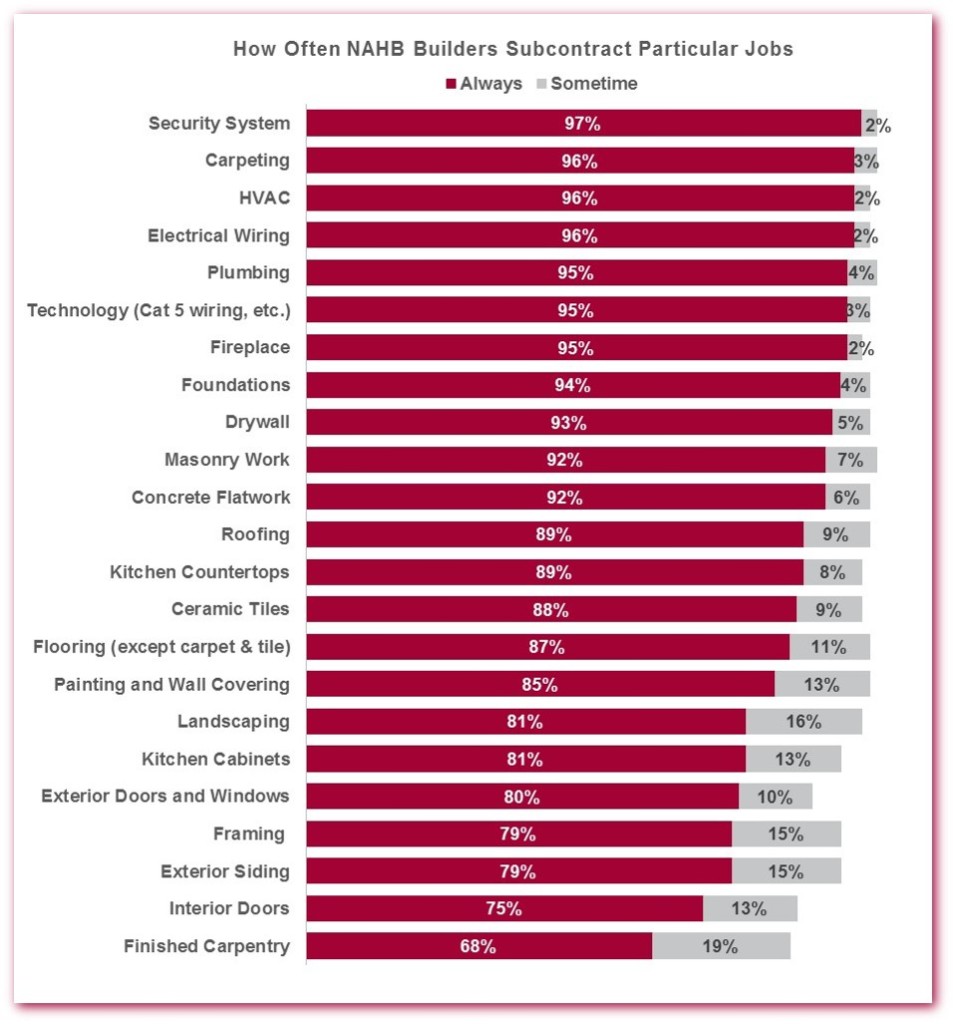Appreciating home values in the bottom third of the market helped pull more homeowners out of negative equity in the second quarter of 2015, but condos were more likely than houses to be underwater , according to the Zillow® Negative Equity Report.
• The U.S. rate of negative equity among mortgaged homeowners continued to drop in the second quarter of 2015, to 14.4 percent– the first time the rate has been below 15 percent since the real estate bubble burst.
• The improvement was spurred by value growth in the least valuable third of the housing stock, which are far more likely to be underwater than other homes.
• Condos are more likely to be underwater than single-family homes. Nearly 20 percent of all condos with a mortgage are upside down.
Condo-owners were in far worse shape than single-family homeowners in Chicago, Orlando and Las Vegas. And in only three markets – Detroit, Memphis, and Pittsburgh –single-family homeowners were more likely to be underwater than condo-owners.
A high rate of homeowners who owe more on their mortgages than their homes are worth is a lingering effect of the real estate crisis. At its worst, more than 15 million homeowners were upside down on their homes. Foreclosures, short sales and rapidly rising home values freed nearly half of those homeowners, leaving 7.4 million homeowners upside down at the end of Q2 2015.
The continued decline of the overall negative equity rate was fueled in the first half of the year by strong appreciation for the least valuable third of homes. The least valuable homes are much more likely to be underwater than more valuable homes
In the Atlanta market, for example, nearly 43 percent of the least valuable homes are in negative equity, while only 9.4 percent of high-end homes are underwater. Annual home value appreciation among the least valuable homes in Atlanta had slowed for 12 straight months through June 2015 months. However, low-end homes have been appreciating annually more than more valuable homes. Since June 2014, annual appreciation in the bottom tier outpaced home value appreciation among all Atlanta homes, likely helping drive negative equity down there from 29 percent to 21 percent year-over-year.
Similar trends played out in Sacramento, Riverside, and Phoenix, all places that have struggled with high rates of negative equity.
read more…
http://www.realestateeconomywatch.com/2015/09/





